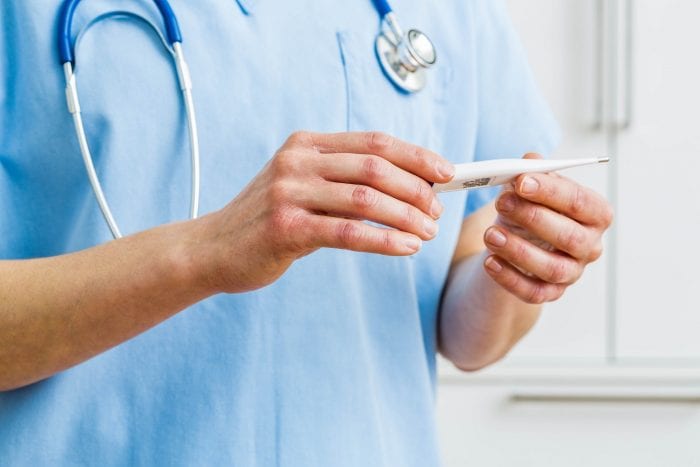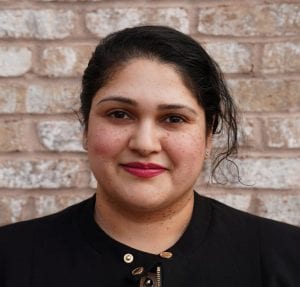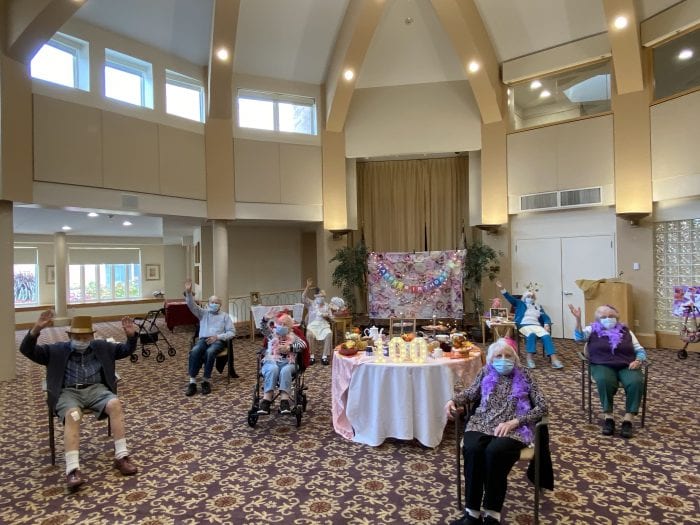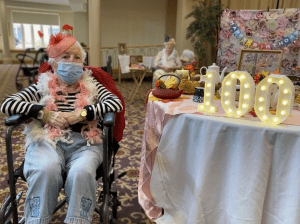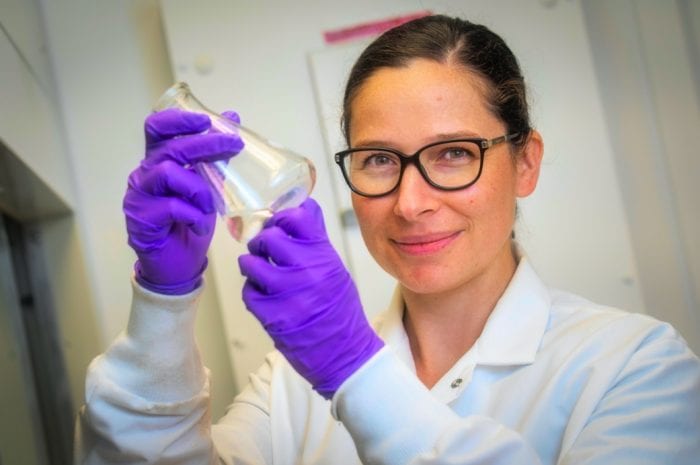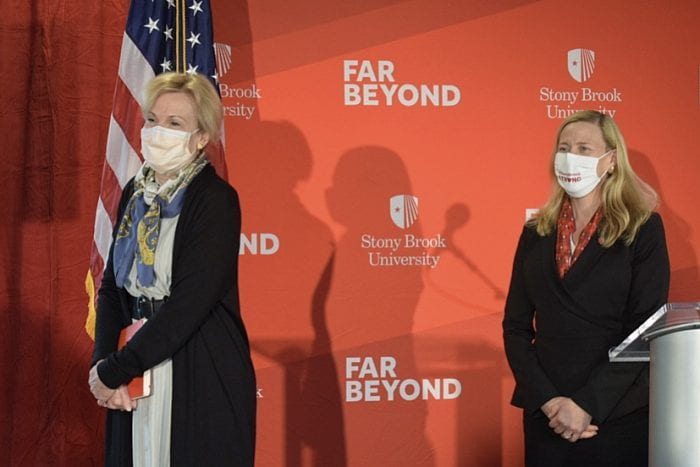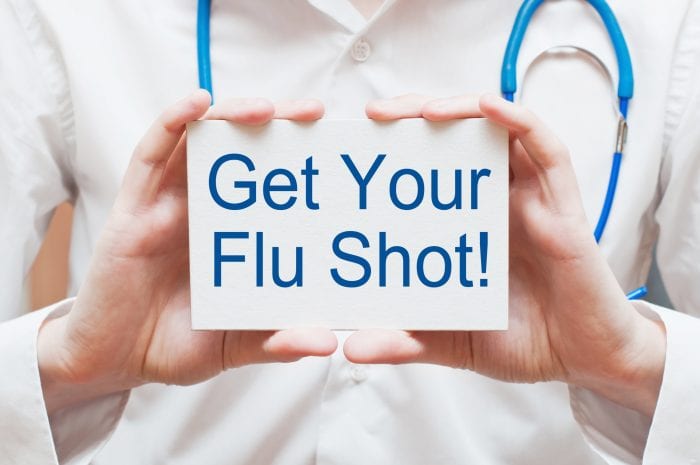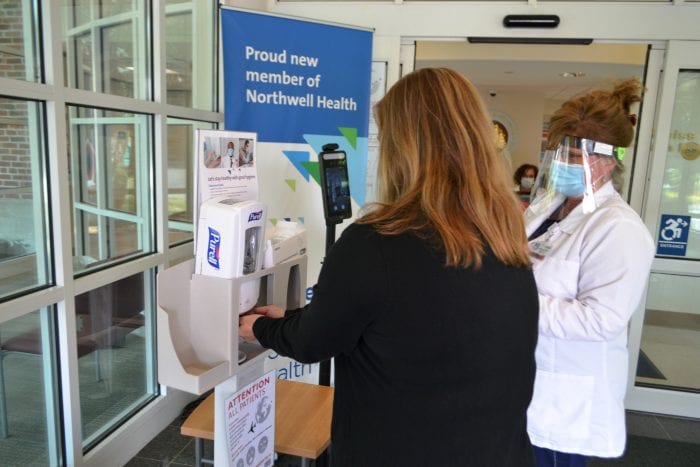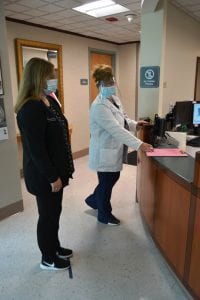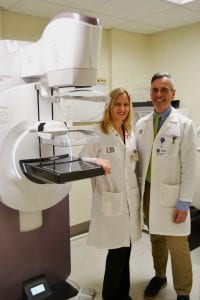Residents on Long Island and elsewhere can’t call their doctor’s offices and ask to receive all of the same treatment that sent President Donald Trump (R) from the Walter Reed National Military Medical Center back to the White House and the campaign trail.
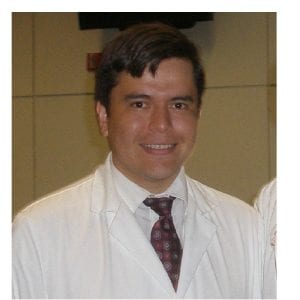
After officials said he tested positive for COVID-19 Oct. 2, the president received a combination of the antiviral drug Remdesivir, an antibody cocktail from Regeneron, and the steroid dexamethasone.
Remdesivir has become more widely used in hospitals on Long Island.
The last two months, “all patients admitted to the hospital may qualify for Remdesivir according to the clinical judgment of your doctor,” said Dr. Luis Marcos, Associate Professor of Clinical Medicine at Renaissance School of Medicine at Stony Brook University.
The patient population that is most likely to benefit from Remdesivir includes residents who are over 60, have diabetes with hypertension and have been admitted to the hospital with mild pneumonia.
Patients who have liver disease or kidney failure may not be prescribed the intravenous drug.
Typically, Remdesivir, like other antiviral drugs, benefits patients who have contracted COVID-19 within a week, because the medicine stops the replication of the virus.
Patients who received Remdesivir after an infection that lasted more than 10 days may not benefit as much because the drug won’t reverse damage done to the lungs.
The side effects of antivirals typically last one to two days.
Dexamethasone is also available and used in hospitals including Huntington Hospitals and Stony Brook.
As a steroid, dexamethasone has “multiple side effects,” said Dr. Michael Grosso, Chief Medical Officer at Huntington Hospital. “It is only given when the benefit is expected to significantly outweigh the risk and so there’s going to be that assessment in every case,” Dr. Grosso said.
Patients with diabetes are likely to experience “more trouble with their blood sugar control if they’re receiving dexamethasone,” Grosso added.
Dexamethasone can also produce sleeplessness and, in some cases, psychiatric disturbances, doctors added.
The monoclonal antibody cocktail from Regeneron the president received has had limited use, mostly through clinical trials and in compassionate care cases. It has not received approval from the Food and Drug Administration, although it has applied for emergency use authorization.
Stony Brook was planning to participate in the second trial of Regeneron, with Dr. Bettina Fries, Chief of the Division of Infectious Diseases, as the principal investigator and Dr. Marcos as the co-principal investigator. The hospital did not participate because it didn’t have enough cases.
Marcos said the cocktail of antibodies block the virus actively causing inflammation.
The good news with the Regeneron treatment is that the side effects appear minimal, Marcos said.
Regeneron is unlikely to reverse the damage in the lungs caused by the virus. In managing patient care, doctors try to slow or stop the progression of pneumonia from the virus.
Marcos said patients who are asymptomatic or have minor symptoms shouldn’t race to take the more widely available Remdesivir or Dexamethasone because 99% of patients with COVID infection do not have pneumonia. Those patients with a mild upper respiratory infection may not need anything but Tylenol.
Patients who are developing more severe symptoms can come to the hospital to determine the best medical response.
“If you have fever or you don’t feel that great, of course, come to the Emergency Room, we can evaluate you, and decide what to do next. For mild, mild cases, I don’t think we should be using Remdesivir,” Grosso said.

